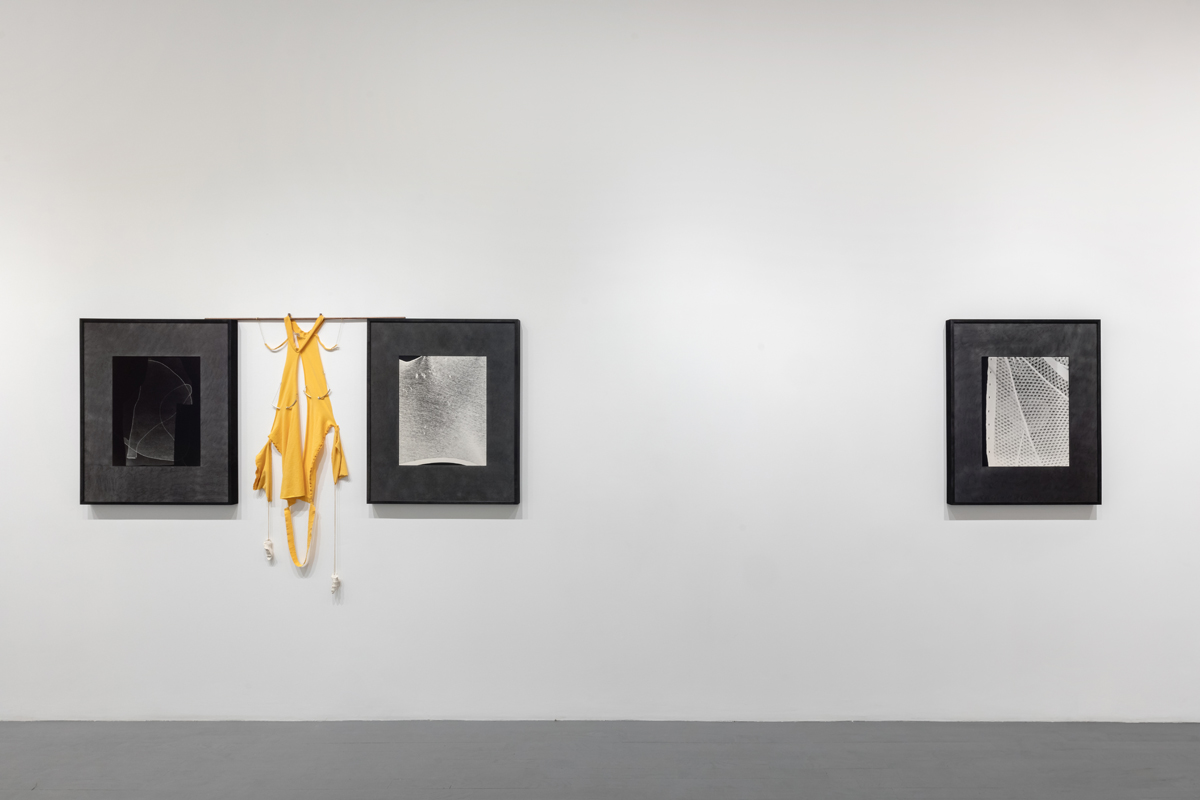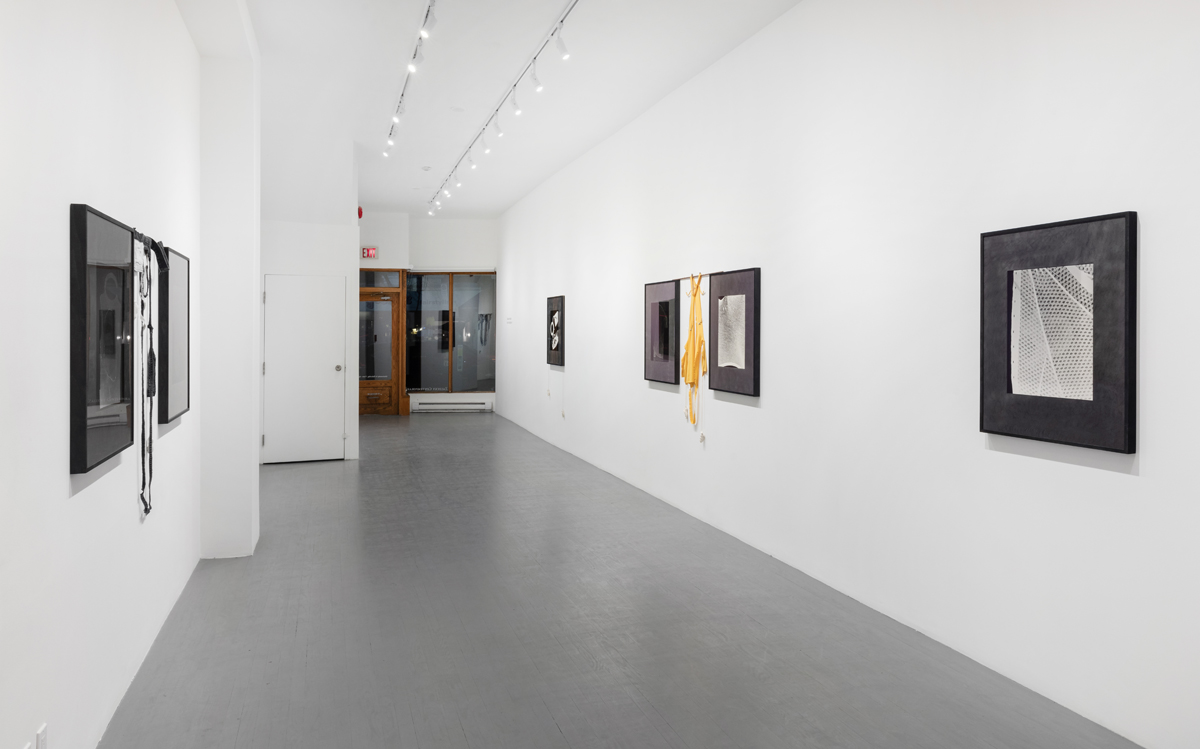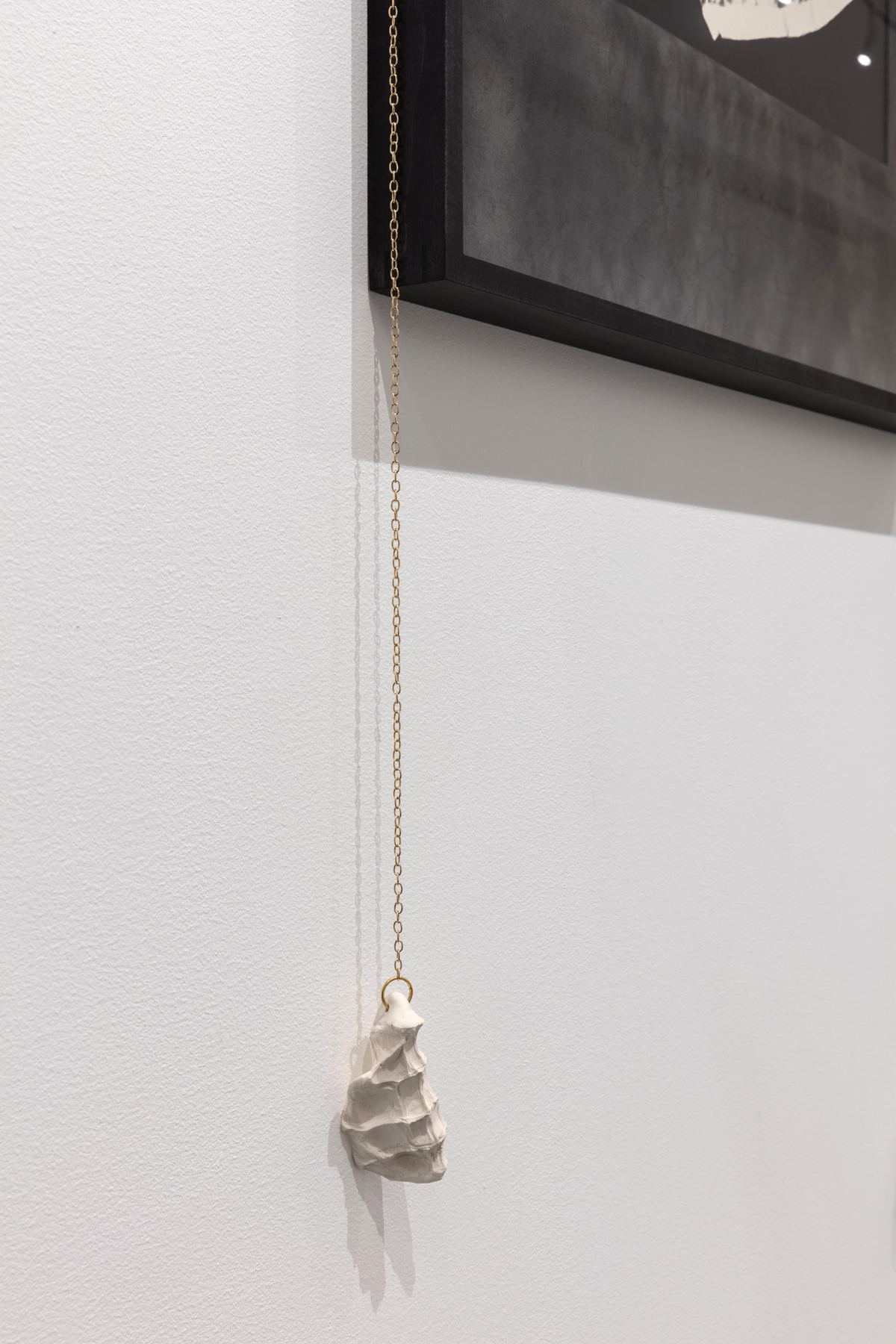We of the Middling Sort
Solo exhibition, Zalucky Contemporary, Toronto, Canada
February 25 - March 25, 2017
In the late nineteenth century, the Junction was home to one of Toronto's most bustling manufacturing communities. Branded the Junction after the trisecting railway lines that enclosed its easternmost enclave, its residential interior was shielded from the outside by rows of industrial facilities turning out sundries from pianos to soap. New business interests came and went, all recklessly polluting the neighbourhood for years, leaching chemicals into its soil and clouding its skies in inky threads of unburned carbon. It wasn't until the 1970s that the Junction's residents finally convinced the city to address the litany of public health concerns that had plagued the community throughout a century of heedless waste disposal. The once lauded, though increasing isolated, epicentre of the city's consumer goods production had quite literally become fortressed in its own rubbish.
For We of the Middling Sort, Lili Huston-Herterich has collected the valueless cutaways of a local upholsterer and the unwanted clothing donated by its residents as the raw material for her work. Some of these garments, stretched taut or disassembled, are documented in photograms-cameraless images made by exposing a photosensitive surface to light. The prints capture light passing through garment openings and gossamer-thin surfaces, revealing spectral portraits of wear and the murky threshold between flesh and fabric.
For Huston-Herterich, this space between is less about marking boundaries or suggesting exit strategies than revealing a place (and moment) for potential contact. The x-ray logic of the photogram, which turns opaque objects into silhouettes and unobstructed space into darkness, is echoed in a series of ceramic casts attached to clothing assemblages that hang between the framed prints. While these handfuls of clay appear fragile, each one uniquely textured by the lost-and-found glove used to mould it, they are anything but. As casts of the dimpled spaces left by clenched fists, they more readily recall hands raised together in resistance. Were these hands attached to arms once clothed in the shirtsleeves thronged together and quilted to the curtain of upholstery ends on the gallery's back wall? Like relics of refusal, these works trace the community's enduring opposition to demise, even if those traces are now barely recognizable.
- Erin Alexa Freedman, 2017
















Thank you to Fabric Fabric and the neighbouring community for their material donations, as well as recognize LIFT (Liaison of Independent Filmmakers of Toronto), The Ontario Arts Council, and Superframe for their support in the production of this exhibition.